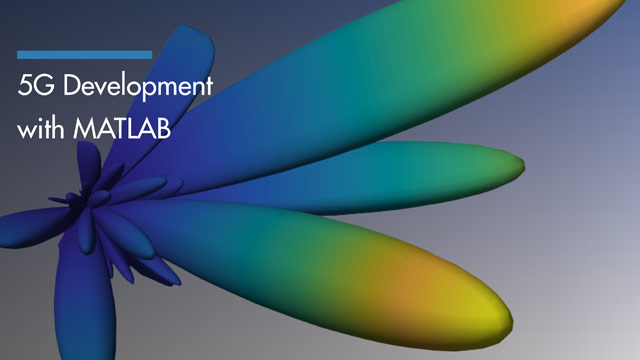analyze
Analyze RFCKT object in frequency domain
Syntax
Description
analyze(calculates the following rfckt data at the specified frequency values:rfcktobject,frequency)
电路网络parameters
噪声图
Output third-order intercept point
Power data
Phase noise
Voltage standing-wave ratio
Power gain
Group delay
Reflection coefficients
Stability data
Transfer function
analyze(calculates the circuit data at the specified frequency values and operating conditions for therfcktobject,frequency,condition,value)circuitdataobject. For more information to set conditions and values, seesetopfunction.
Note
When you specify condition/value pairs, theanalyzemethod changes the object's values to match your specification.
Examples
Input Arguments
See Also
calculate|circle|extract|listformat|listparam|loglog|plot|plotyy|getop|polar|semilogx|semilogy|smith|write|getz0|read|restore|getop



